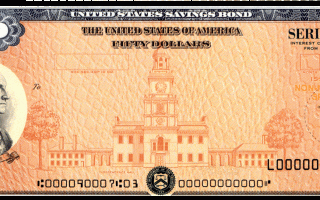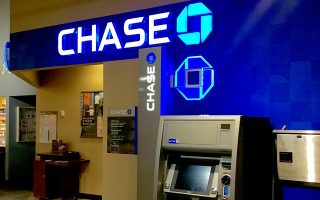
Regional banks play a critical role in local economies, serving small businesses and households that rely on community-based financial institutions. Yet in 2025, many of these banks face mounting pressure from rising interest rates, loan defaults, and regulatory scrutiny. Unlike national banks with diversified portfolios, regional banks are more vulnerable to localized economic downturns. When one sector struggles, such as real estate or agriculture, the ripple effects can destabilize the entire institution. Understanding these vulnerabilities is essential for anyone with savings in a regional bank.
Warning Sign #1: Falling Stock Prices
One of the clearest indicators of trouble is a sharp decline in a regional bank’s stock price. Investors often react quickly to signs of instability, and falling shares can signal deeper problems. A sustained drop in stock value suggests that confidence in the bank’s ability to manage risk is eroding.
For depositors, this is a red flag that the institution may be struggling with liquidity or profitability. Monitoring stock performance provides an early warning system for potential collapse.
Warning Sign #2: Rising Loan Defaults
Regional banks often rely heavily on local lending, from mortgages to small business loans. When defaults rise, the bank’s balance sheet weakens, reducing its ability to cover obligations. High default rates can stem from economic downturns, job losses, or declining property values. As defaults accumulate, banks may tighten lending standards, further slowing local economic activity.
For depositors, rising loan defaults are a sign that the institution’s financial health is deteriorating.
Warning Sign #3: Withdrawal Restrictions
Perhaps the most alarming sign is when a bank begins to restrict withdrawals or impose unusual fees. These measures indicate liquidity problems, meaning the bank may not have enough cash on hand to meet customer demands. Withdrawal restrictions erode trust and often trigger panic among depositors. Once confidence is lost, a bank run can occur, accelerating the collapse.
For savers, encountering withdrawal limits should prompt immediate action to protect funds.
The Impact on Everyday Savers
For everyday savers, the collapse of a regional bank can be devastating. Depositors may lose access to funds temporarily, creating hardship for households and small businesses. While FDIC insurance protects deposits up to $250,000, delays in accessing insured funds can disrupt financial stability. Those with balances above the insurance limit face even greater risk. Understanding the warning signs allows savers to act before collapse occurs, safeguarding their financial future.
Regulators monitor banks closely, but intervention often comes after warning signs are visible. The FDIC may step in to manage failing institutions, but this process can be slow and disruptive. In some cases, banks are merged with stronger institutions to protect depositors. However, regulatory action cannot always prevent losses for those with uninsured balances. Savers must remain proactive rather than relying solely on regulators to protect them.
Strategies to Protect Your Savings
There are practical steps savers can take to reduce risk. Here’s what you should consider doing…
- Diversifying deposits across multiple banks ensures that no single collapse jeopardizes all funds.
- Keeping balances below FDIC insurance limits provides additional protection.
- Monitoring financial news and bank performance helps identify early warning signs.
- Maintaining a relationship with a national or larger bank can provide stability during regional downturns.
These strategies empower savers to safeguard their money in uncertain times.
The Bigger Picture of Banking Stability
The challenges facing regional banks reflect broader economic trends. Rising interest rates, inflation, and shifting consumer behavior all contribute to instability. As digital banking grows, regional institutions struggle to compete with larger players offering advanced technology. The collapse of regional banks not only affects depositors but also weakens local economies. Recognizing these dynamics helps savers understand that their financial security is tied to larger systemic forces.
Recognizing the warning signs of regional bank collapse is more than financial awareness—it is a lifeline. Falling stock prices, rising loan defaults, and withdrawal restrictions are signals that should never be ignored. By acting early, savers can protect their funds and avoid the chaos of a bank failure. In a world where financial stability is increasingly fragile, vigilance is the best defense. The true lifeline is knowledge, and those who pay attention are best positioned to weather uncertainty.
Do you trust your local bank to keep your savings safe? Drop a comment with your thoughts.
You May Also Like…
- 5 Hidden Bank Fees Stealing Your Retirement Cash
- How Technology Is Helping Older Adults Catch Hidden Bank Fees
- The Bank Notification Change That’s Confusing Retirees Nationwide
- How One Overlooked Setting on Your Bank App Could Expose All Your Accounts
- These 8 Bank ATMs Give 100 Dollar Bills

Teri Monroe started her career in communications working for local government and nonprofits. Today, she is a freelance finance and lifestyle writer and small business owner. In her spare time, she loves golfing with her husband, taking her dog Milo on long walks, and playing pickleball with friends.






Comments